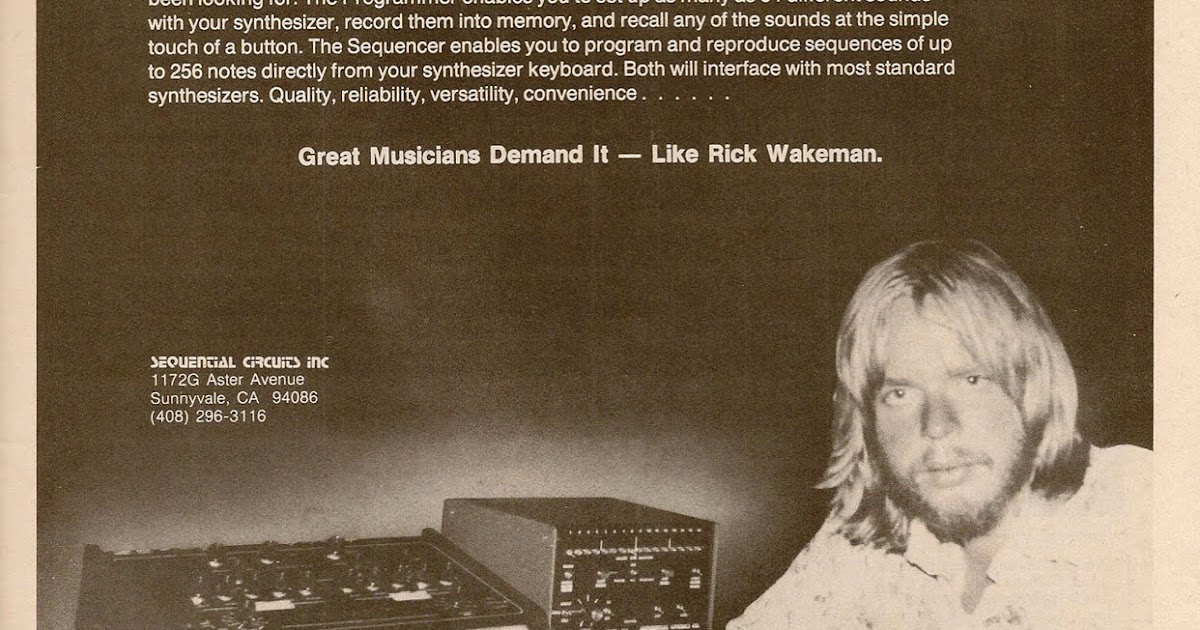

- #Sequential circuits 700 programmer full#
- #Sequential circuits 700 programmer verification#
- #Sequential circuits 700 programmer simulator#
With the correct design, you could improve this and get one output per clock cycle, with a 30-cycle delay, by having a full pipeline and passing data through it at every clock cycle. However, you will need to wait 30 cycles for a result, simply because the steps are part of a synchronous pipeline. Each of those steps might be easier to place-and-route efficiently, meaning that you get overall better performance because of the improved routing of each step. In the sequential design, you have multiple smaller steps, the slowest of which takes 1.275ns in the worst case. Sequential Circuits 700 Programmer (From The Terrey Collection - Sold) Old Tech Home Old Tech Synth Site Home. You'll just see the instant calculation of your combinational function in your simulation.
#Sequential circuits 700 programmer simulator#
Your simulator is not telling you everything, since a behavioral simulation will not show gate propagation delays. The combinational circuit will cause each input to go through the propagation delays of the entire algorithm, which will take at up to 1701.691ns on the FPGA you are working with, because the slowest critical path in the combinational circuitry needed to calculate the result will take up to that long. What you are seeing is pipelining and its performance benefits. So now this 1.575 ns is the delay between any of the 2 registers, its not the propagation delay of entire algorithm so how can i calculate propagation delay of entire pipelined algorithm. And these registers are controlled by clock so now this pipelined design is giving design summary asĬlock period 1.575 ns and freq 634.924 MHz Now I have applied pipe-lining to the combinational logic by inserting the registers in between the 5 main blocks which are doing the computation. The design has been simulated in Xilinx ISE Why this design is slow can any one explain please? In this way combinational is faster as we are getting instant output but why frequency of operation of combinational one is lesser than sequential one. But the simulation results I m getting for sequential is after 30 clock cycles where as combinational there is no delay in the output as there is no clock. So i want to ask is it correct that combinational will have lesser frequency than sequential?Īs far as theory is concerned combinational design should be faster than sequential.

Minimum clock period 1701.691 ns and Maximum frequency 0.588 MHz. Sequential Circuits Model 700 Programmer in very good condition and fully functional. While the combinational one which is designed without clock and has been put between input and output registers is giving synthesis report as Minimum clock period 1.275 ns and Maximum frequency 784.129 MHz. The sequential design that is with clock when synthesized giving design summary as This was a piece I had the intentions of refurbishing and keeping here, but there has just been no time whatsoever, and it needs a new home.Īgain, selling it strictly as-is at this price (no returns), MUCH CHEAPER than these sell for in the rare cases that they do show up.I have designed an algorithm-SHA3 algorithm in 2 ways - combinational There also appears to be something missing on the back right above the Output - Input label (see pictures). I would assume that the internal battery does need to be replaced, but no clue beyond that what will be involved in getting it up and going. It does power on, but the 2-digit LED display rarely shows any data, and controls/lights aren't doing anything. This one will need some service, so it's priced very cheap compared to what they typically sell for. Just check it out online for all the details, features and specs. The first Sequential Circuits product was an analog sequencer for use with Moog and ARP synthesizers, followed by a digital sequencer and the Model 700. It was a product designed to allow you to save presets for your CV based analog synths. Pricing All items have been in storage many since the 1970s and will require servicing by the purchaser.
#Sequential circuits 700 programmer verification#
This is a VERY RARE Model 700 Programmer by Sequential Circuits. Sequential Circuits Model 700 Programmer 1970s 64 Programmes Pair of Programmable Envelope generators Each item will come with written verification direct from Rick Wakeman to confirm his ownership and use of the items.


 0 kommentar(er)
0 kommentar(er)
